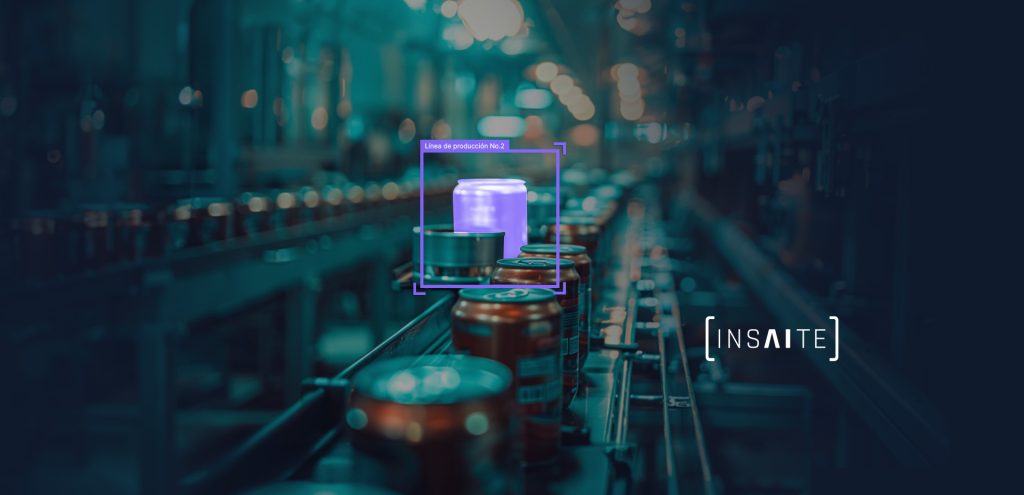In the process of manufacturing new products, materials science plays a crucial role. This process involves evaluating various components and experimenting with different alloys to discover innovative materials that can enhance product quality or streamline production.
Traditionally, the search for new materials required a significant investment of time and human resources. However, as we’ll explore in this article, this may be about to change with the advent of generative artificial intelligence.
How does materials science benefit from AI?
The discovery, manipulation, and transformation of new materials have had a significant impact on the economic development of various sectors over time.
From working with wood, bronze, and steel to the emergence of plastics in more recent years, materials research for industry has become an area of paramount importance for the production process. Today, the arrival of generative artificial intelligence has presented a new scenario on how to accelerate the development and discovery of new material compositions.
The primary role of incorporating generative artificial intelligence into materials science is to enable scientists to formulate better hypotheses in less time and test them more quickly and efficiently.
It is estimated that, with the use of artificial intelligence, the research process could be reduced from 10 to 20 years to just 1 or 2 years, which would have a significant impact on cost reduction.
The future of materials research
Generative artificial intelligence is expected to have a significant impact on various manufacturing sectors, especially due to reduced timescales in the field of materials science.
This advancement will result in the development of materials optimized for various applications, such as more efficient batteries for electric vehicles, environmentally friendly plastics, and new materials for LED lighting.
Furthermore, this change is expected to transition from a phase of economic development focused on a few materials to greater specialization, with a wide range of new materials applied to specialized areas.
This diversified approach will drive innovation and efficiency in manufacturing, opening up new opportunities for the creation of more advanced and sustainable products.




